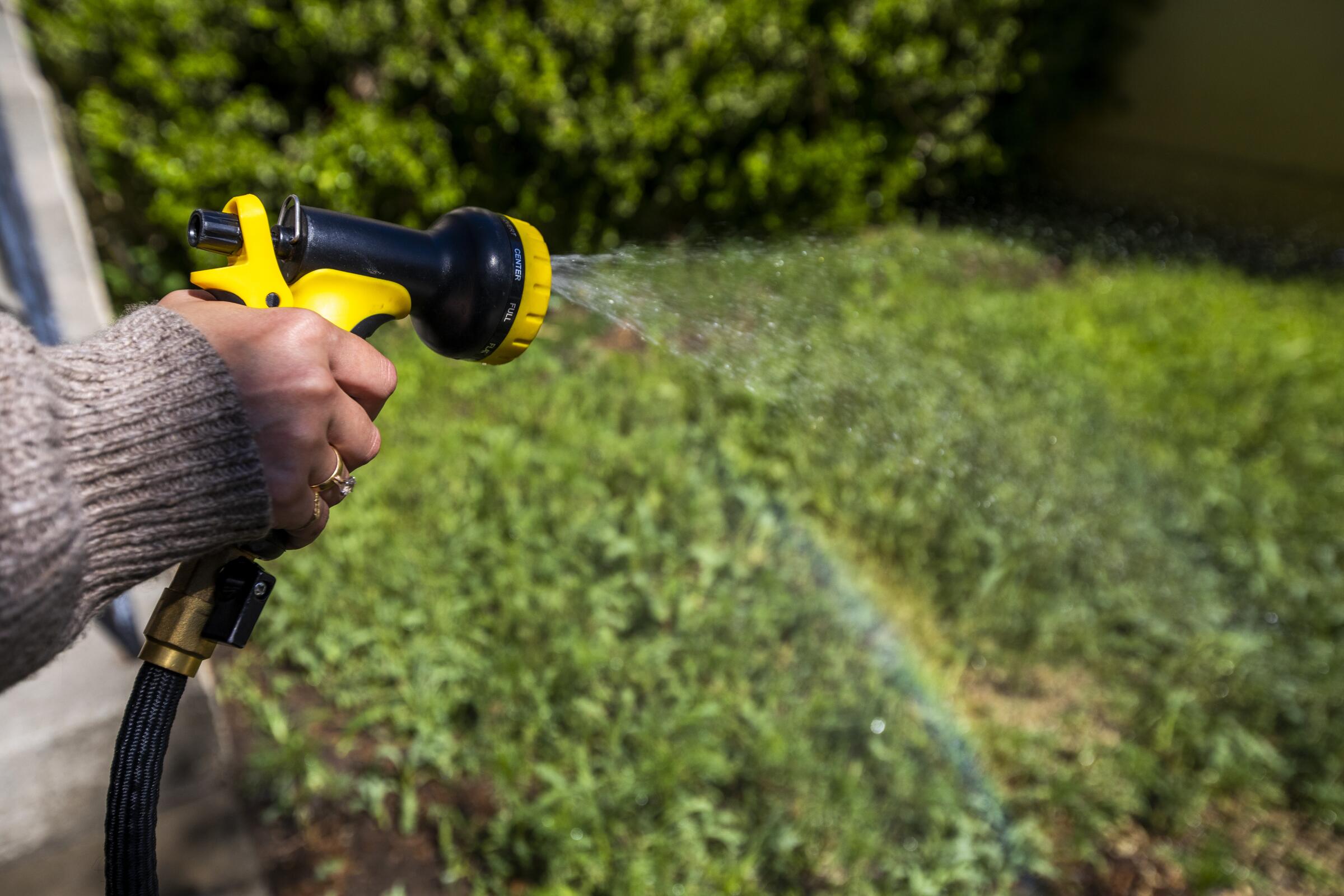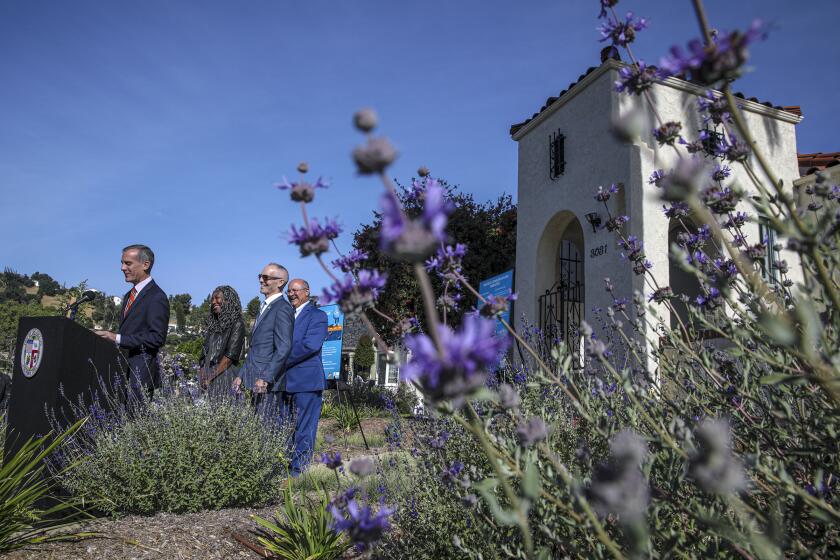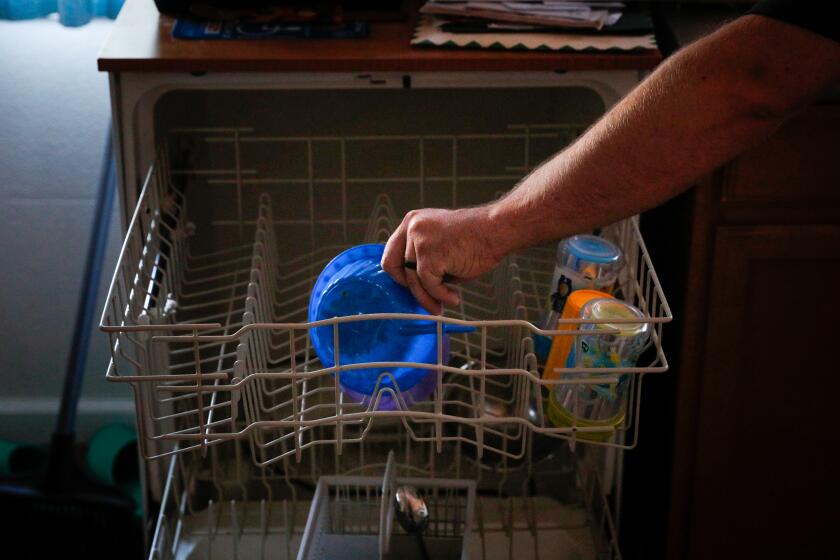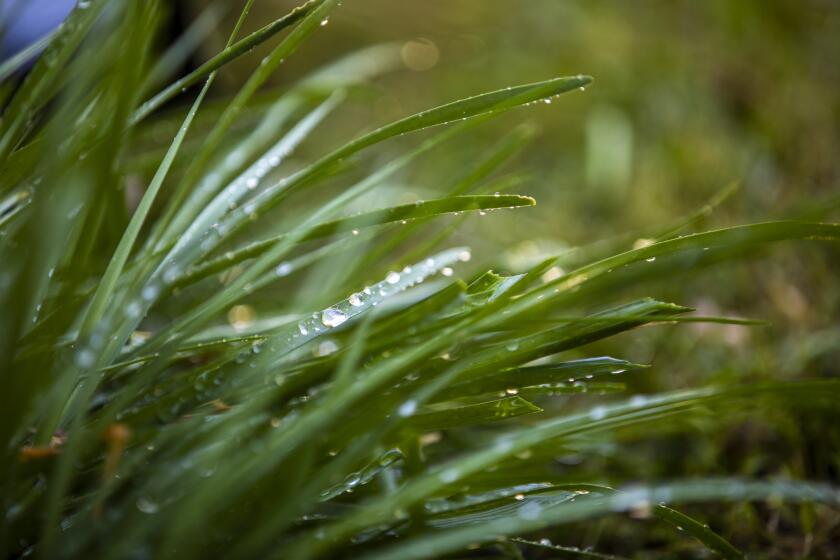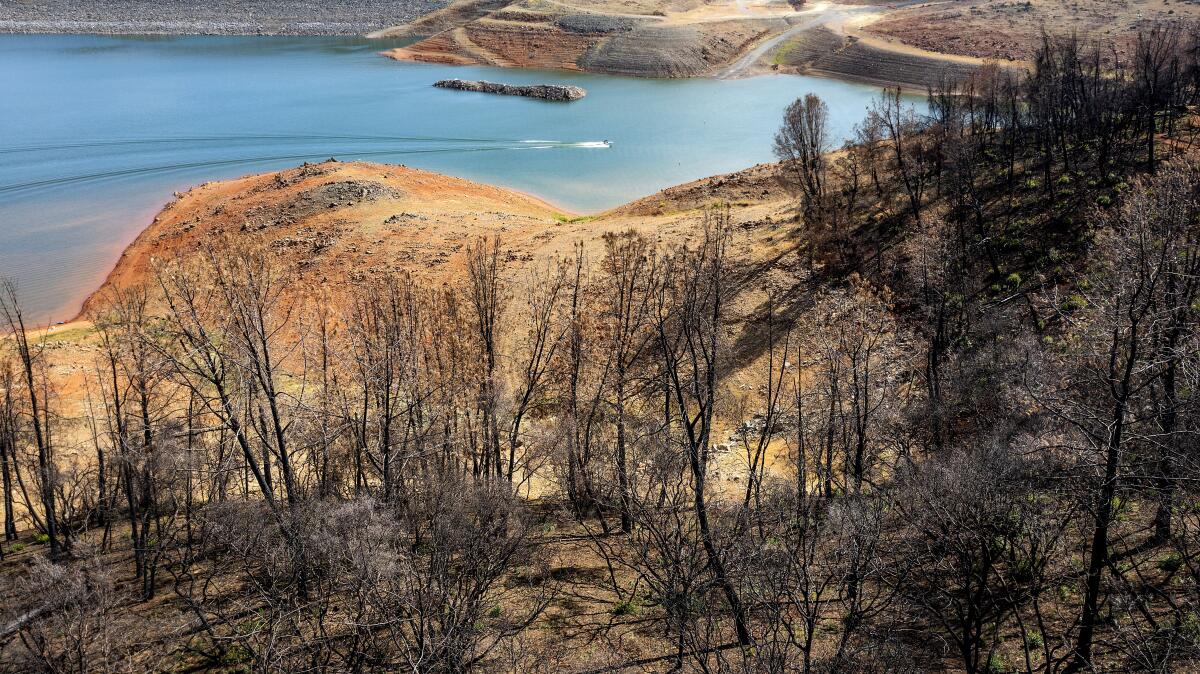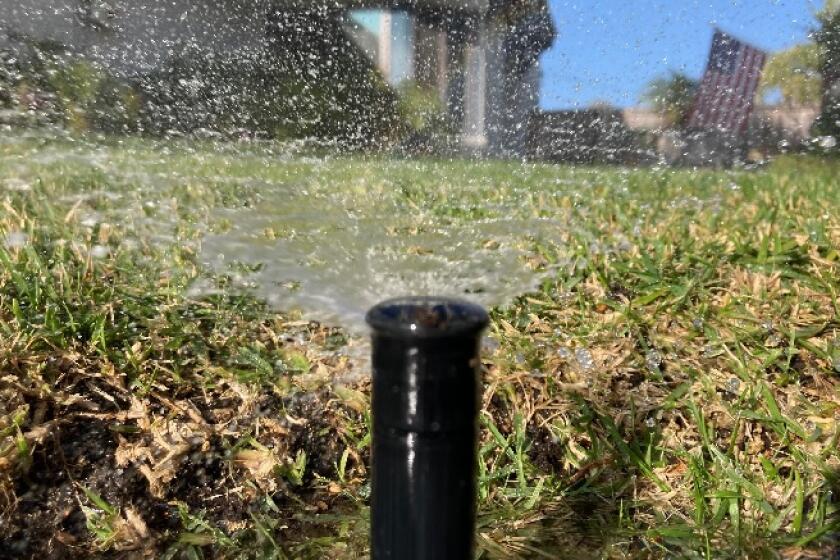Are you watching your lawn slowly crisp and turn brown? Are you positioning buckets under your spigots to catch every spare drop of water? Are you trying not to break a sweat because you’ve cut your showers to two a week? (Yikes!)
These are just some of the ideas L.A. Times readers sent us when we asked them to tell us how they’re conserving water. It’s an urgent question, with Southern California water authorities announcing new restrictions to deal with the drought and reduced water supply.
And while many readers called on Californians to make major lifestyle changes, others offered common-sense tips or new twists on familiar ideas that reduce the amount of water that goes down the drain.
More than a few of you noted that individual water conservation, though valuable, isn’t enough, and argued that policymakers need to do more. For example, Christiane Badgley of Long Beach wrote, “We need massive change. [The] L.A. Times recently wrote about Israel’s water re-use and state-of-the-art drip irrigation — this is where California needs to go. And we need to raise water prices enough to discourage agribusiness from growing alfalfa and other thirsty crops.”
That’s complicated. Agriculture is an important part of the California economy, and crops such as alfalfa, rice and almonds are like other foods we consume — their production requires water. Agriculture is by far the largest user of water in California. Kelly Sanders, associate professor of civil and environmental engineering at USC, told The Times last year that about 80% of water used in the state goes toward agriculture. The rest is mostly urban usage, she said.
What’s abundantly clear, though, is that Southern California does not have an abundance of water — and probably won’t for some time, if ever again.
Here’s how L.A. Times readers are adapting. Got more ideas? Send them to us.
